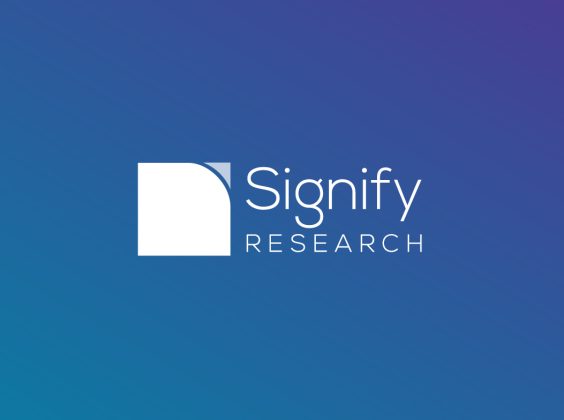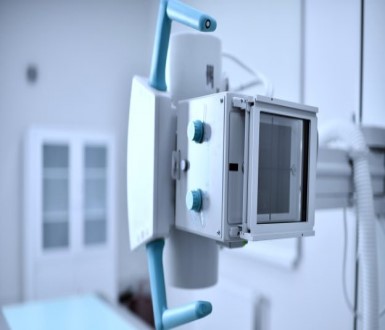
Get in touch
Contact usGraham joined the business in early 2021 and will be involved in Signify Research’s X-ray intelligence portfolio, including General Radiography and Fluoroscopy, Breast Imaging, Interventional and Surgical X-ray, and the Flat Panel Detector market. Graham brings over 12 years of analyst experience, previously at Futuresource Consulting. He received his BSc Honours degree in Geography from Loughborough University in 2008.
